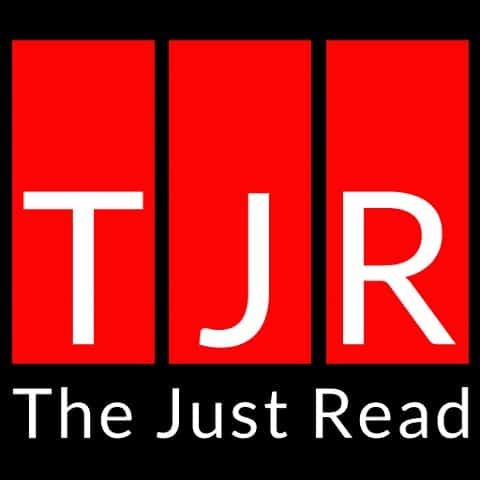At a fundamental level, learning to read is broken into two parts: learning to read words and then learning to comprehend what those words mean when read together in sentences. Technology can assist readers in both stages of learning.
How Technology Can Help Students Develop Reading Skills?
Word Reading
The ability to read words develops over several years, and technological resources can aid in the process. Many literacy apps contain visual learning software that makes learning to read words fun and more straightforward than traditional teaching methods.
Reading Comprehension
To develop reading comprehension, students must receive support from their teachers via the following:
Educators can achieve this goal by exposing students to various digital texts and using literacy apps with visual learning software again.
The types of digital texts should range anywhere from informational documents to comic strips, fairy tales, or news. Students must learn how to comprehend many different types of text.
Visual learning software is essential at this stage because it provides mind maps, graphic organizers, and other visual learning tools that help students comprehend what they are reading.
Visual learning software can also illuminate different text structures; it helps students identify essential elements of their reading texts.
Educators can reference the Reading Rockets list of recommended literacy apps for suggestions.
Let’s review some other ways that technology can help students read.
Increases Interest and Motivation to Read
Educators can use technology to increase student's interest and motivation to read using different tools and methodologies. We will review a few options.
Digital Booktalk is a website where children can create and upload video "trailers" of their favorite books for other children to see. Children can browse the website watching video trailers made by other kids and find book recommendations by selecting the trailers that look most interesting to them.
The Global Read Aloud project creates a community around reading books by connecting classes worldwide, reading the same book, and discussing the book together.
Over 85 countries have joined The Global Read Aloud since its inception in 2010, and more than four million students have been part of the project. Sometimes the authors of the books chosen for the project get involved.
This worldwide excitement about reading facilitated by technology boosts students' interest and motivation to read books.
Games are More Engaging
It is no surprise that kids love video games and will play them for hours on end. However, literacy games are not just for playing around; they are effective learning tools. Games make complex grammar rules simple and easier to understand for a child.
Here are some game websites recommended by educators that teach reading skills:
Increases Access and Choice of What to Read
Students have an almost unlimited amount of digital content at their fingertips. There has never before been the amount of free access to digital media as there is now.
From social magazines to eBooks, RSS feeds, and more, there is no lack of students’ choices regarding reading materials.
Multimedia Options
There are different ways to engage in technology and interact with it to improve fundamental reading skills and optimize reading comprehension.
One option is to listen to an audiobook and follow along with the written text. If an audiobook or audio recording of a text is not available, there is a text-to-speech feature on most computers and smartphones. Readers can use that feature to have the on-screen text read to them.
There are typically settings in the text-to-speech features that allow the user to change the speaker’s voice and reading speed. Adjust these settings so that the experience can be most comfortable and optimally educational for the student.
Read&Write is a toolbar from Text Help that provides text-to-speech features and many other features that assist in student reading development, such as:
Apps and websites like My Shakespeare provide alternative ways for children to interact with the text. My Shakespeare offers interactive versions of Shakespearian plays in text, paired with media, such as performances, character interviews, and pop-up notes that appeal to today’s reader.
Provides Opportunities to Develop Background Knowledge
A significant factor in the level of competency in reading comprehension is background knowledge. Technology allows students to access databases, images, articles, and other content to develop their knowledge of contexts, locations, and time periods.
Tech-savvy teachers can insert QR codes into books that link to media that will give students background knowledge of the book’s context, location, and time period. Teachers can also include information about the author if they choose.
QRStuff is a free tool to create QR codes.
Nested Support Assist Readers
Digital services have embedded tools to empower readers. Students no longer have to stop and wait for a teacher when they need help; there is most likely a digital support tool that can assist them.
One such tool is the Fluency Tutor for Google by Text Help. This tool allows students to record themselves reading, play it back to hear what they need to improve, access dictionaries with pictures, and access translate tools to optimize comprehension and fluency.
There are also unique support tools available for people with disabilities, such as the OpenDyslexic font, which was created specifically for people with dyslexia.
The font has weighted bottoms, which help the user recognize which letter or number each character is and prevent the brain from rotating the characters. Each letter shape is unique to avoid swapping and flipping.
OpenDyslexic also has other features to aid a person with dyslexia, such as broader letter spacing and a unique style of italics.
